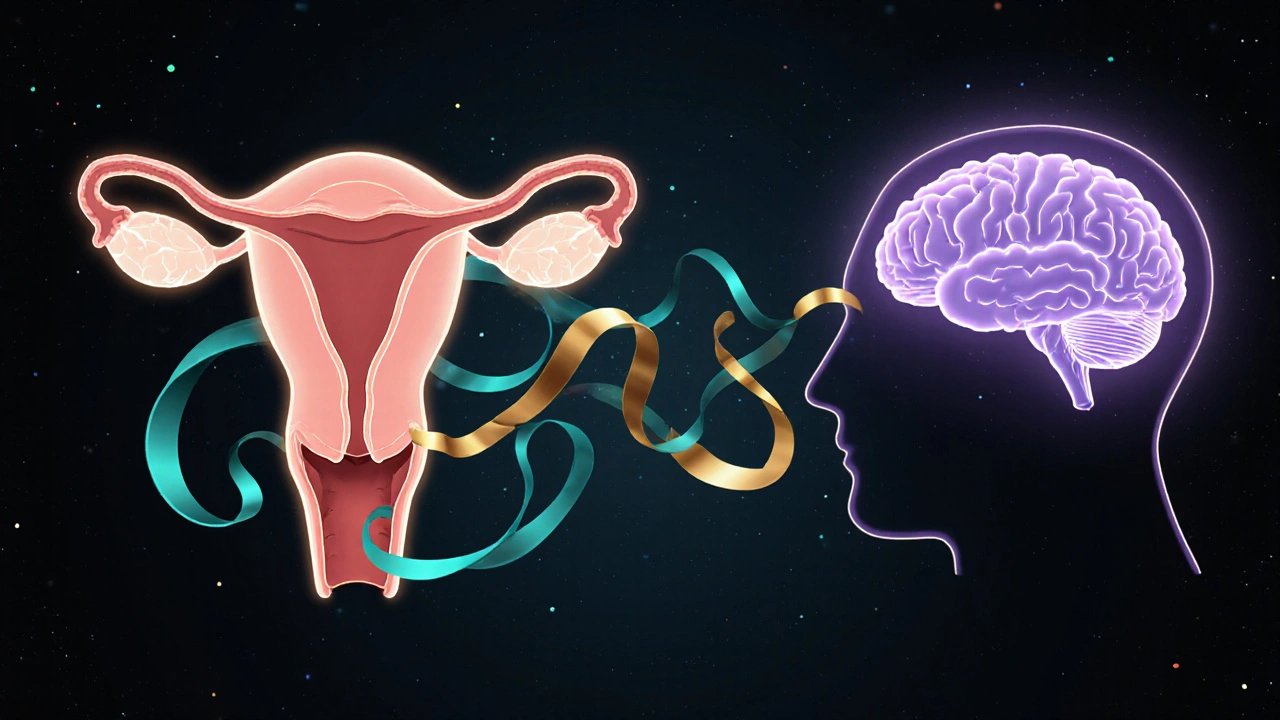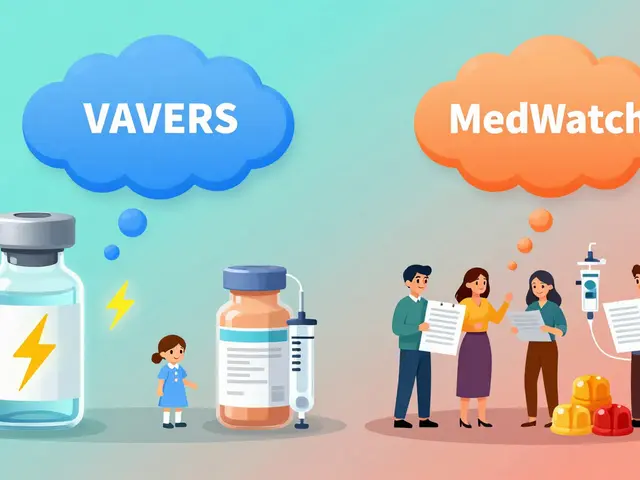Women's Mental Health: Understanding, Managing, and Thriving
When talking about women's mental health, the emotional and psychological well‑being of women across all ages. Also known as female mental health, it reflects how hormones, life stages, and societal pressures shape mood and behavior. This tag page pulls together articles that break down the biggest drivers, the most common conditions, and the tools you can use to stay balanced.
Key Factors Impacting Women's Mental Health
One of the most frequent challenges is depression, a persistent low mood that interferes with daily life. In women, depression often spikes during hormonal shifts such as puberty, menstrual cycles, pregnancy, and menopause. Another core issue is anxiety, excessive worry that can become disabling. Anxiety disorders affect women at higher rates than men, partly because stressors like caregiving and workplace bias pile up.
When a new baby arrives, postpartum depression, a mood disorder that can develop after childbirth becomes a top concern. Hormone drops, sleep loss, and the sudden shift in identity combine to create a perfect storm. If untreated, it can linger for months and impact the whole family.
Later in life, menopause, the natural end of menstrual cycles that brings a drop in estrogen can trigger mood swings, irritability, and even depressive episodes. The brain’s chemistry changes, and many women report new or worsening anxiety during this transition.
All these conditions share a common thread: they are influenced by biology, environment, and personal history. Understanding that women's mental health is not a single disease but a spectrum helps you pick the right support—whether that’s therapy, medication, lifestyle tweaks, or a combination.
Therapy options range from cognitive‑behavioral therapy (CBT) for anxiety to interpersonal therapy (IPT) for postpartum depression. Medication choices often include SSRIs like Celexa or SNRIs, but dosages may need adjustment for hormonal fluctuations. Our articles on buying cheap generic bupropion, Celexa, and Effexor give practical tips on accessing affordable meds safely.
Beyond formal treatment, everyday habits matter. Regular exercise, a balanced diet rich in omega‑3s, and consistent sleep can blunt stress spikes. Mind‑body practices such as yoga or mindfulness meditation have solid evidence for reducing anxiety and depressive symptoms, especially when hormones are in flux.
Support networks are another pillar. Connecting with other women—whether through online forums, local groups, or peer‑led workshops—creates a sense of belonging and reduces isolation. Several of our posts discuss legal rights and workplace accommodations for conditions like Myasthenia Gravis, illustrating how advocacy can protect mental well‑being.
Finally, staying informed is a form of self‑care. The articles below explain how to spot safe online pharmacies, compare generic options, and avoid scams, giving you confidence when you need medication. They also break down the science behind common treatments, so you know what’s working and why.
Now that you have a snapshot of the major pieces—depression, anxiety, postpartum challenges, menopause, therapy, meds, lifestyle, and support—dive into the curated collection. You’ll find practical guides, medication comparisons, and actionable tips that match each stage of a woman’s life. Let’s explore the resources that can help you or someone you care about thrive.
Learn how endometrial hyperplasia, the overgrowth of the uterine lining, can trigger mood swings, anxiety, and depression, and discover practical steps to manage both the condition and its emotional effects.


